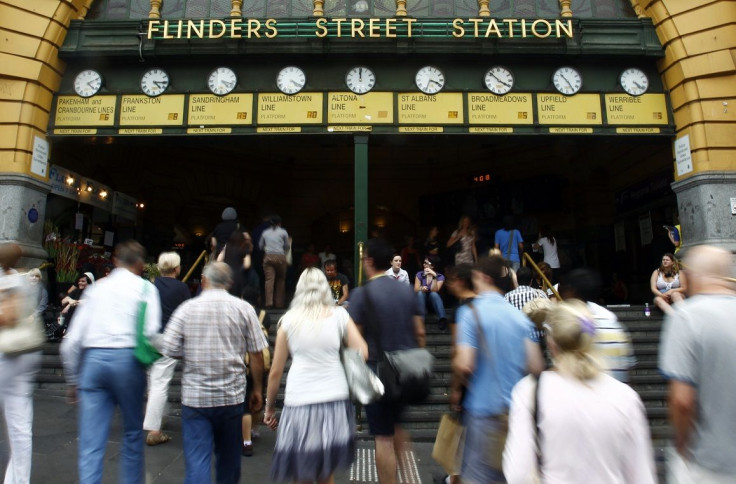Scorecard shows pay gap in Australia continues to narrow

More Australian companies are moving to ensure men and women are getting equal pay, according to the federal government’s Workplace Gender Equality Agency annual scorecard. Gender pay gap is narrowing, with women now earning $26,527 annually less than men. That means a 22.4 percent pay gap for 2016-17, comparable to the 23.1 percent the previous year.
This year’s report also shows an increase in employers who prioritise promoting gender equality. As a result, there has been a stronger level of promotion of female employees into management positions.
The annual snapshot cites a "remarkable" 10.8 percentage point rise in employers analysing their pay data to address the gender gap. However, the WGEA seems to remain cautious about celebrating the progress. Director Libby Lyons pointed out that males still out-earn females in all industries and across all occupations in Australia.
According to the scorecard, the biggest gender pay gap is still in financial and insurance services at 31.9 percent. It is comparable to last year's gap of 33.5 percent. Significant gaps also exist in rental, hiring and real estate services, construction and agriculture.
The real estate sector is set to overtake financial services as the industry with the biggest gender pay gap, the WGEA scorecard shows. The gap was attributed to discrimination over discretionary pay such as commissions and bonuses.
Pay gap
Lyons said this is not about women's choices. “Whether you are a manager, a scientist, a butcher, a baker or even a TV presenter, there is a gender pay gap favouring men,” she argued, telling AM that there is a "step change" underway following years spent pressuring employers to put a greater focus on gender equality in the workplace.
Lyons did not fail to recognise that an increasing number of businesses now prioritise pay equity as a business imperative. She said she is pleased to report the “great progress,” but also noted that the nation’s gender equality indicators show there is much more to be done.
"Men still dominate the faces around these top tables and the data suggests boards are not engaging with gender equality issues,” Lyons said, adding there are several women capable of sitting on boards. Female representation on boards is "static" at 24.9 percent.
WGEA surveyed over 11,000 employers and considered 4,621 reports in the year to March 31, 2017. The scorecard covers over 4 million workers, accounting for 40 percent of workers across Australia.





















